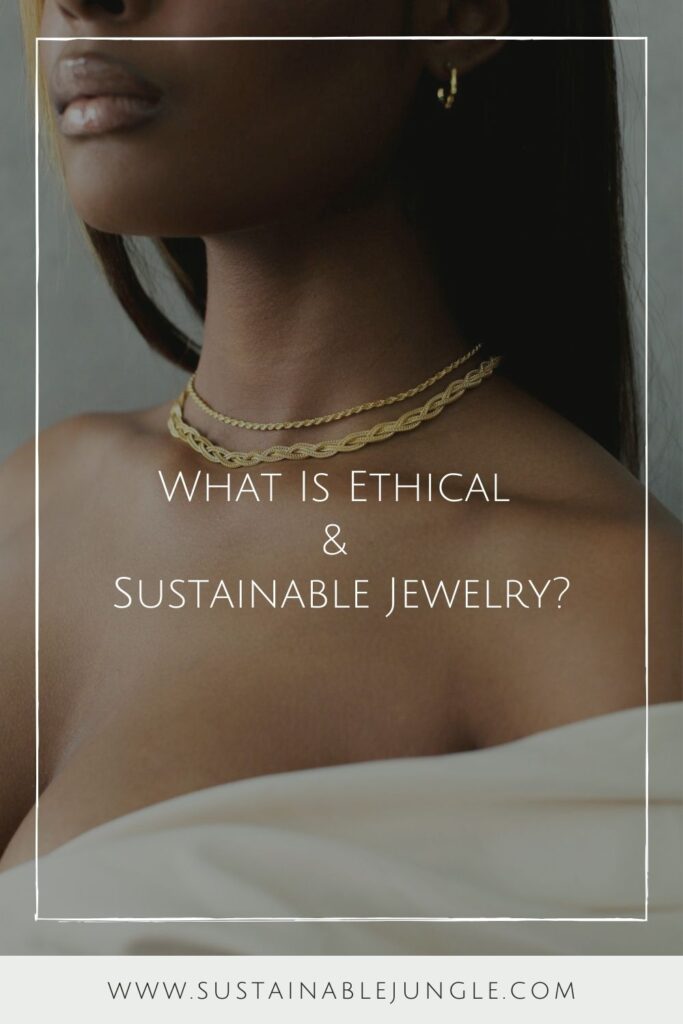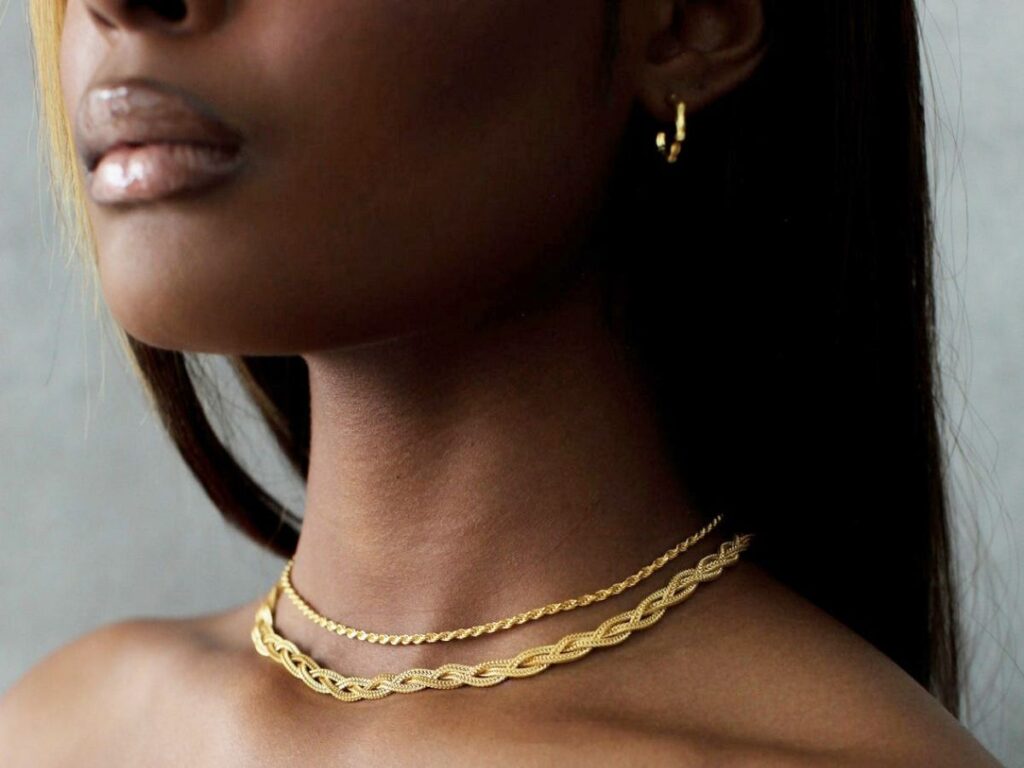
What Is Ethical And Sustainable Jewelry? An Industry Deep-Dive
So what is sustainable and ethical jewelry?
On a macro level (in a nutshell) it is the transparent and responsible sourcing practices in the jewelry supply chain and the use of sustainable materials.
It has a minimal impact on the environment, is not involved with conflict, and gives back to workers by way of fair wages and safe working environments.
On a micro level though, what a sustainable jewelry industry looks like is kind of like sustainable fashion…overwhelmingly complicated and more than a little convoluted.
They share lots of elements, like supply chain concerns and overconsumption. However, the jewelry supply chain adds yet another complexity—mining.
This presents additional concerns for environmental and social welfare.
So, remove those hoop earrings, take off all your rings, and prepare yourselves for an in-depth look at everything that shines and sparkles.
Use the Quicklinks to jump around as you like.
QUICKLINKS FOR JEWELRY SUSTAINABILITY CONSIDERATIONS
Problems with the Jewelry Industry:
What to do as a Consumer:
What is ethical and sustainable jewelry?
- Quality Over Quantity
- Sustainable Materials
- Supply Chain Transparency
- Identify Brands with a Positive Impact
- Ethical Jewelry Certifications
- Be Aware of Greenwashing
Get Inspired and Take Action:
THE PROBLEM WITH THE JEWELRY BUSINESS
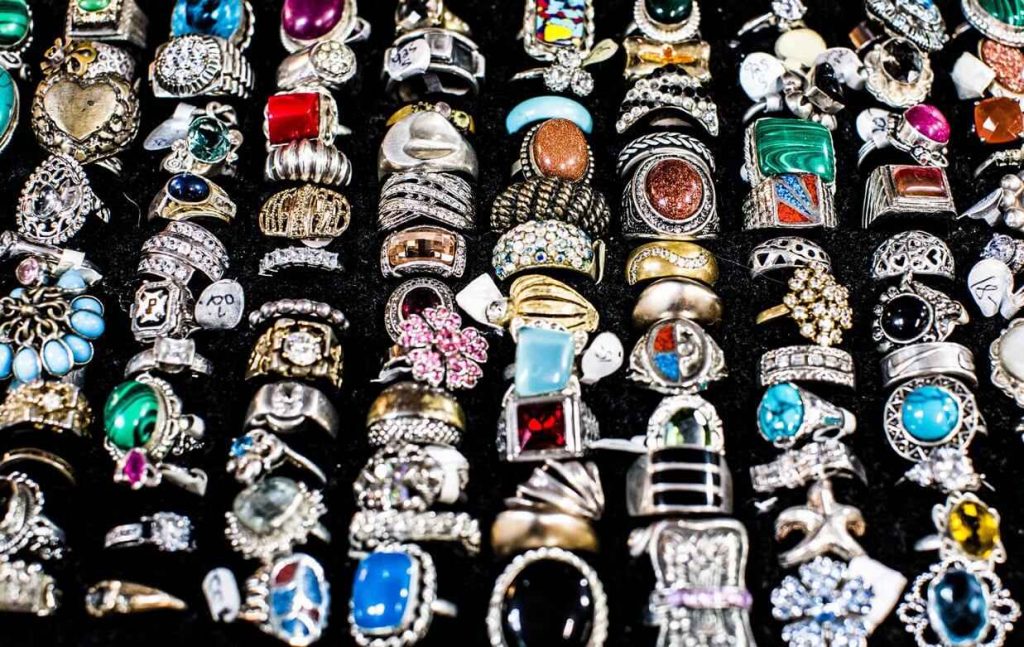
If you think dropping a few thousand dollars on luxury jewelry won’t do any damage (outside of your ethical bank account), think again.
When jewelry comes in a velvet box and is worn by gorgeous models, we’re quick to take note of its shine, sparkle, and luster, but ignore the fact that the jewelry industry is rife deplorable ethics and sustainability.
If we’re caught up in the occasion, we’re not thinking about the fact that that ring or bracelet’s materials were unsustainably mined in one of the planet’s poorest regions.
Traceability is almost non-existent in the jewelry industry and, while it’s becoming a greater concern for buyers, most people aren’t including discussions of mining and modern-day slavery in their proposal, anniversary, or birthday celebrations.
Before we understand what sustainable and ethical jewelry is, let’s take a look at what it isn’t.
PROBLEM # 1: OVERCONSUMPTION
How is jewelry consumed?
In some American households, more than $1,600 are spent every year on jewelry. In the United Kingdom, a survey found that the average woman owned more than $7,500 worth of jewelry.
While some of this consists of timeless luxury pieces, the overwhelming majority of it is wear-once costume jewelry.
Like fast fashion, cheap jewelry is often worn just a handful of times before ending up in landfill.
The silver or gold plating quickly fades, leaving the cheaper materials (and green skin) behind. Once in a landfill, metal and plastic “gemstones” don’t biodegrade and end up releasing toxins into the air and water.
With countless blog articles titled “x Pieces of Jewelry Every Woman Should Have” and with Pandora charm bracelets taking the world by storm, our jewelry boxes are overflowing (while many continue to wear the same favorite pieces).
With more women working, declining gold and silver prices, increases in E-commerce sales, and a rising GDP per capita—jewelry market growth is forecasted until at least 2023.
There is some good news here, however.
A recent study showed that more than 80% of consumers wanted conflict free jewelry and were willing to pay more for it.
PROBLEM # 2: COMPLEX SUPPLY CHAINS
Transparency is extremely difficult to achieve in the jewelry industry.
Raw materials are often mined in one country, processed in another country, then turned into jewelry in yet another country.
A supply chain for jewelry will typically look something like this:
- Exploration
- Mining
- Sorting
- Cutting
- Polishing
- Jewelry creation
- Inspecting and certifying
- Selling the final product
Corruption is a facet of many aspects of the jewelry supply chain too.
From ‘mine to market,’ there’s a ton of processes from a social or environmental standpoint that can go wrong.
For many brands and consumers, there’s simply no way to find out what country the raw materials (e.g. diamonds or gold) were mined—let alone the specific mine and specific working or environmental conditions.
PROBLEM # 3: ECONOMIC GROWTH PARADIGM
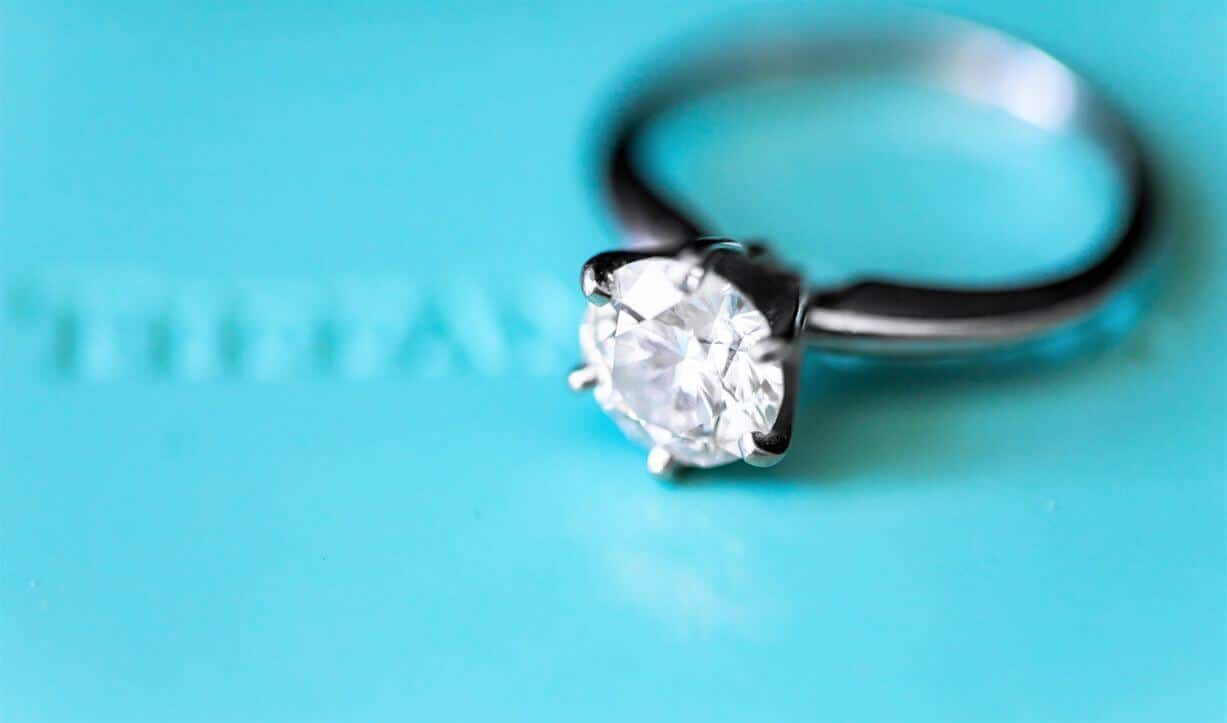
Remember that high school economics class on supply and demand?
Us neither.
No matter.
It’s the fuel behind our economic system (which promotes continuous expansion) and you need both to have growth. Who wants to get out of business after selling just one diamond ring?
In 1938, the De Beers company forever changed the jewelry industry by insinuating diamonds “were synonymous with romance, and that the measure of a man’s love (and even his personal and professional success) was directly proportional to the size and quality of the diamond he purchased” (quote per The Atlantic, in this fascinating read).
This marketing campaign shaped our view jewelry, love, and money. Diamond rings are the right of passage for an engagement.
Now, just a handful of brands sell most of the jewelry in the world and a handful of companies produce it. And, like De Beers, they do whatever it takes to ensure that we keep buying their products.
With more women than ever purchasing jewelry, brands market their products as that “perfect reward” for a hard-working woman.
PROBLEM # 4: ENVIRONMENTAL CONCERNS
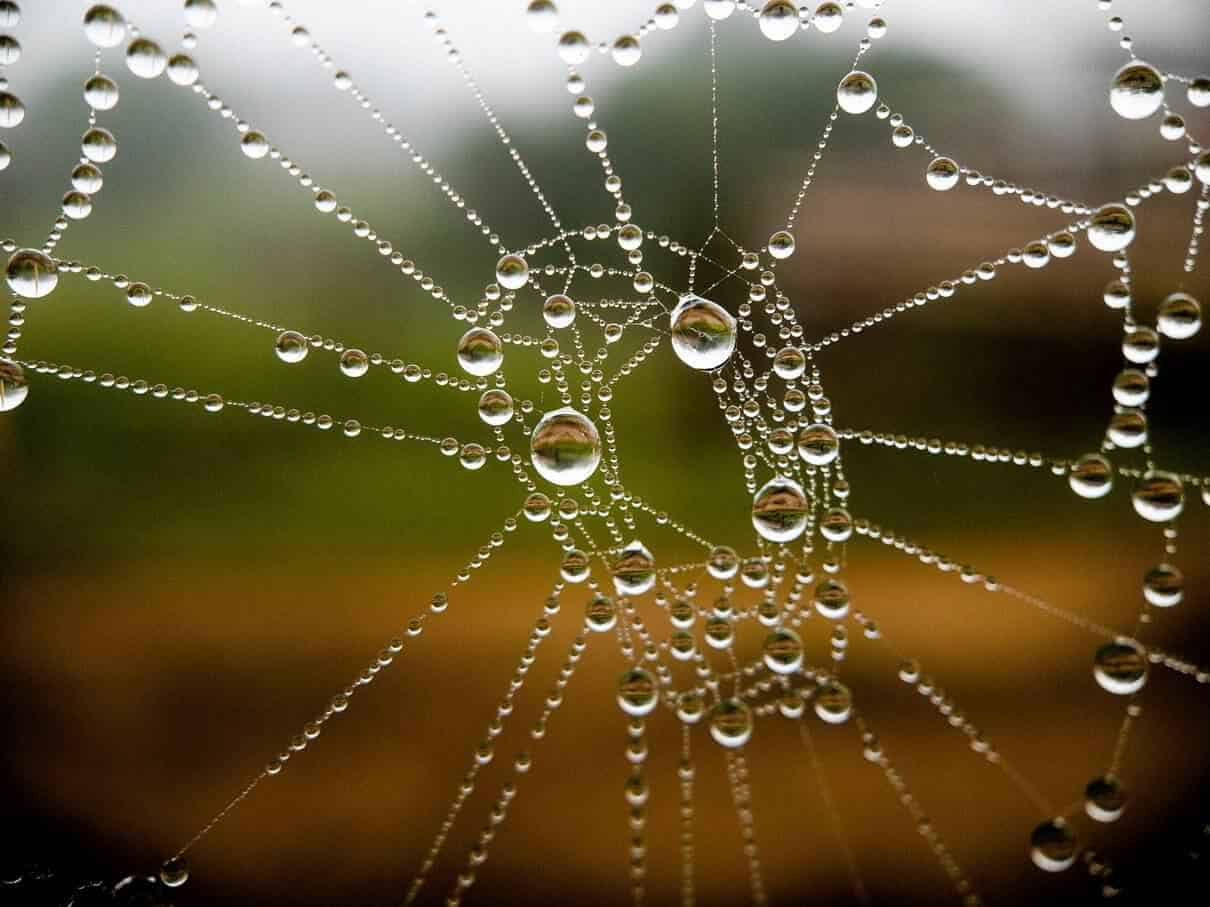
When a diamond is mined, an estimated 250 tons of earth are shifted for every single carat.
To put this into perspective, we mine around 148 million carats every single year. The mines are so massive that they can be seen from space.
And that’s just the mining of the diamonds, a stone smaller than your fingernail.
The mining of the precious metals themselves (i.e. gold, silver, and platinum) have their own problems, including:
- Air pollution: Manufacturing pollutants include volatile organic compounds (VOCs) released from the solvents, and fumes containing hazardous air pollutants (HAPs).
- Water waste and pollution: Metal mining requires massive amounts of water, but it also contaminates groundwater and drinking supplies. Toxic chemicals like cyanide, mercury, and sulphuric acid end up running off into local waters and soil.
- Ecosystem loss & damage: Noise and vibration have collapsed local animal life. Biodiversity and vegetation loss are common in mined areas, as is erosion. Mining and mining accidents have resulted in thousands of deaths of local animal and plant species and deterioration of soils.
- Greenhouse gas emissions: It’s been estimated that every mined carat releases around 57kg of carbon into the atmosphere.
- Dangerous materials: From nickel to cadmium to lead to the chemicals in the glue, there are a plethora of harmful materials in jewelry.
- Waste: Jewelry fashion trends are short-lived, which means it often ends up in a landfill where it’ll sit for just shy of forever. We guess that’s what they mean by “diamonds are forever”.
PROBLEM # 5: SOCIAL CONCERNS
There are more than 100 million people working in the jewelry industry. And the majority of these people are living in the world’s most economically depressed areas.
Human Displacement
Large-scale mines are associated with human displacement. Mines come with transportation corridors—which means that huge swaths of land come under the control of the mining company.
This typically results in the displacement of hundreds—if not thousands—of local inhabitants.
Changes to the Environment
Even if local residents aren’t forced to move, they’re often exposed to conditions that impact their livelihoods. Local biodiversity diminishes, soils become degraded, water quality is negatively impacted.
Simply put, the things that people rely on to survive and thrive are compromised.
And often, the historical significance of these lands are not considered.
Child Labor
There are an estimated one million children working around the world in small-scale mining operations.
Besides the abuse, they have long-term exposure to inhaling dust and dangerous particles and are commonly the victims of irreversible health conditions and trafficking.
There have been documented cases of hazardous child labor in countries like Burkina Faso, the Democratic Republic of Congo, Ghana, Indonesia, Mali, Nigeria, the Phillippines, Tanzania, Uganda, and Zimbabwe.
Dangerous Chemicals
Cyanide is one of the most toxic chemicals. It’s also one of the most commonly used in the jewelry industry.
Most of the world’s mercury is used for gold mining and many miners are exposed to the shiny liquid metal. Exposure can lead to disability and even death.
Job Site Dangers
Any mining job site presents a risk of death.
Unfortunately, the jewelry industry is synonymous with risk.
For example, diamond miners in South Africa have a 20% higher mortality rate than the general population. Hard rock, or underground, miners face the worst mortality rates of all.
Miners are constantly exposed to toxins in underwater mines, forced to breathe in dust that can lead to severe lung problems, and often suffer from unidentified “skin diseases.”
Gem Cutting Hazards
While that diamond is being shaved into the princess cut, it’s also producing microscopic dust.
Most gemstone laborers work in facilities that don’t come equipped with safety measures such as proper ventilation or protective gear.
As you can imagine, diamond dust (technically carbon, like coal) isn’t great and it can lead to long term health complications (like Black Lung)—some of which end up being fatal.
Conflict
Diamond and precious metal mining and trade have been associated with several violent armed groups around the world. Gold and silver trading has even funded armed groups associated with massacres and systemic sexual violence.
These conflicts come from both individual groups and government forces that abuse their power. For example, the Angolese government soldiers tortured and murdered civilians in an attempt to control diamond mines.
While consumer demands have started to change the landscape in which these conflicts occur, there’s still a a huge problem. Even with the likes of Human Rights Watch, most brands fail to ensure that their products are truly conflict-free.
WHAT TO DO ABOUT JEWELRY AS A CONSUMER?
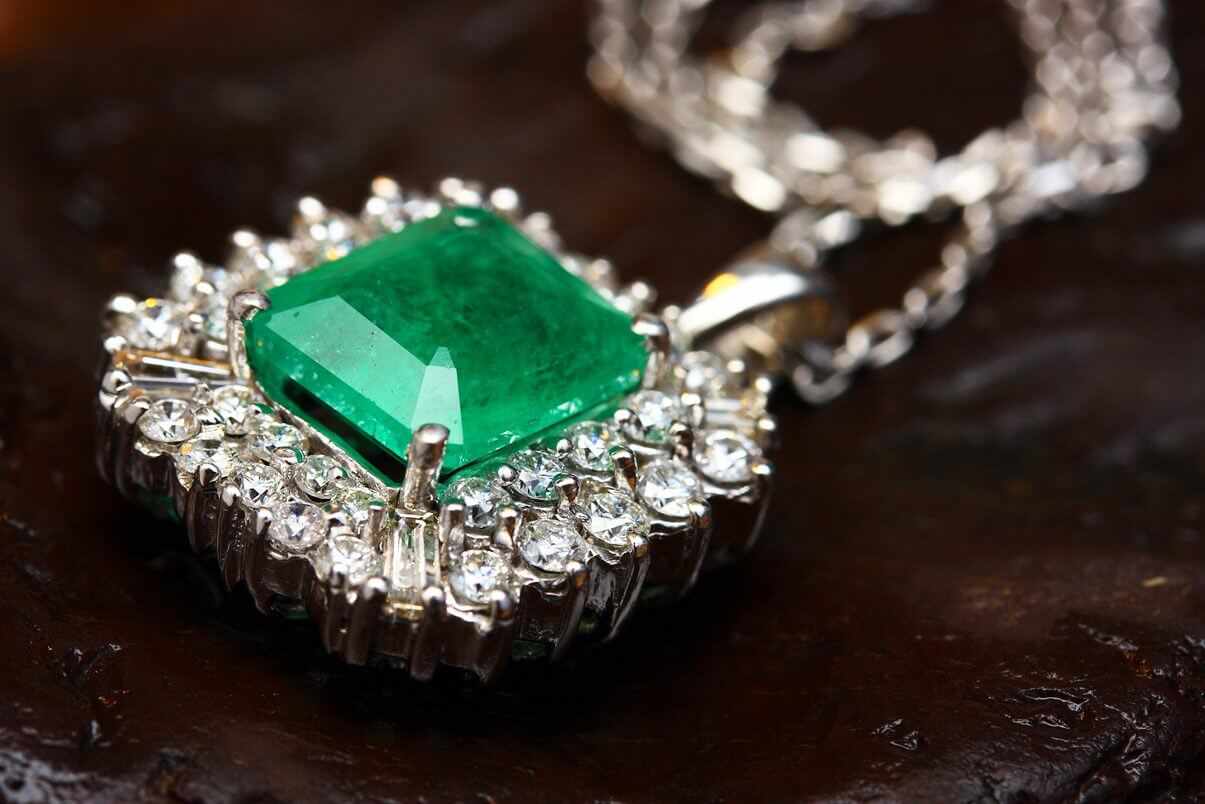
DON’T BUY ANYTHING AT ALL
Can you borrow instead of buy? Do you really need new bling? Is there something else you can wear?
Many times, outside influences (i.e. marketing pressure to spend a certain amount on a diamond engagement ring) leads us to make decisions we’d rather not.
In fact, the idea of an engagement ring just happens to be one of the most successful marketing campaigns in human history.
But that’s all it started as: a marketing campaign.
Before that, people were happy to say “I do” without all the diamond ta-da.
BUY SECONDHAND JEWELRY
Imagine the story that comes with a vintage piece of jewelry.
Not only will you not be contributing to the story of environmental destruction, but you’ll also be able to find really unique pieces.
Check out some excellent vintage stores like Etsy and Vestiaire Collective, for jewelry that someone simply doesn’t want anymore.
DO YOUR RESEARCH
When buying jewelry, the best thing you can do for the planet and the people who produce it is to ask questions.
Most jewelry producers, try as they might, can’t afford or even possibly achieve the level of activism and transparency of sourcing that we ultimately need.
That’s why you need to be clear on what they mean by ‘ethical’ or ‘sustainable.’ No brand is perfect but some are definitely on the right track.
Don’t “put a eco friendly wedding ring on it” until you have considered the following:
- Where were the gems purchased? Were workers educated in the field? Were safety measures in place?
- How much of the “mine to market” journey are brands aware of? Do they know the areas of the world involved? The people involved?
- What social impact does the brand have? Are they brands that give back through charitable practices?
- Where are the materials from? Did they use recycled gold or other recycled metals? Were they ethically-sourced?
- What finishes were used? Does the final product contain any harmful toxins?
- How does the brand compare with others? Do they know areas in which they need to improve? What plans do they have in place to make necessary changes?
- Does the brand offer repairs? Do they use materials that last a long time?
- Is the brand involved in carbon offsetting (or insetting)? Or are their practices certified carbon neutral?
- What packaging is used by the brand? Is it compostable or recyclable?
- What ‘vibe’ do you get from the brand? Does it seem like they’re actually committed to sustainable and ethical jewelry—or are they just trying to tap a new market?
- Have other eco research sites done any digging on them?
WHAT JEWELRY SUSTAINABILITY CONSIDERATIONS YOU SHOULD LOOK OUT FOR?
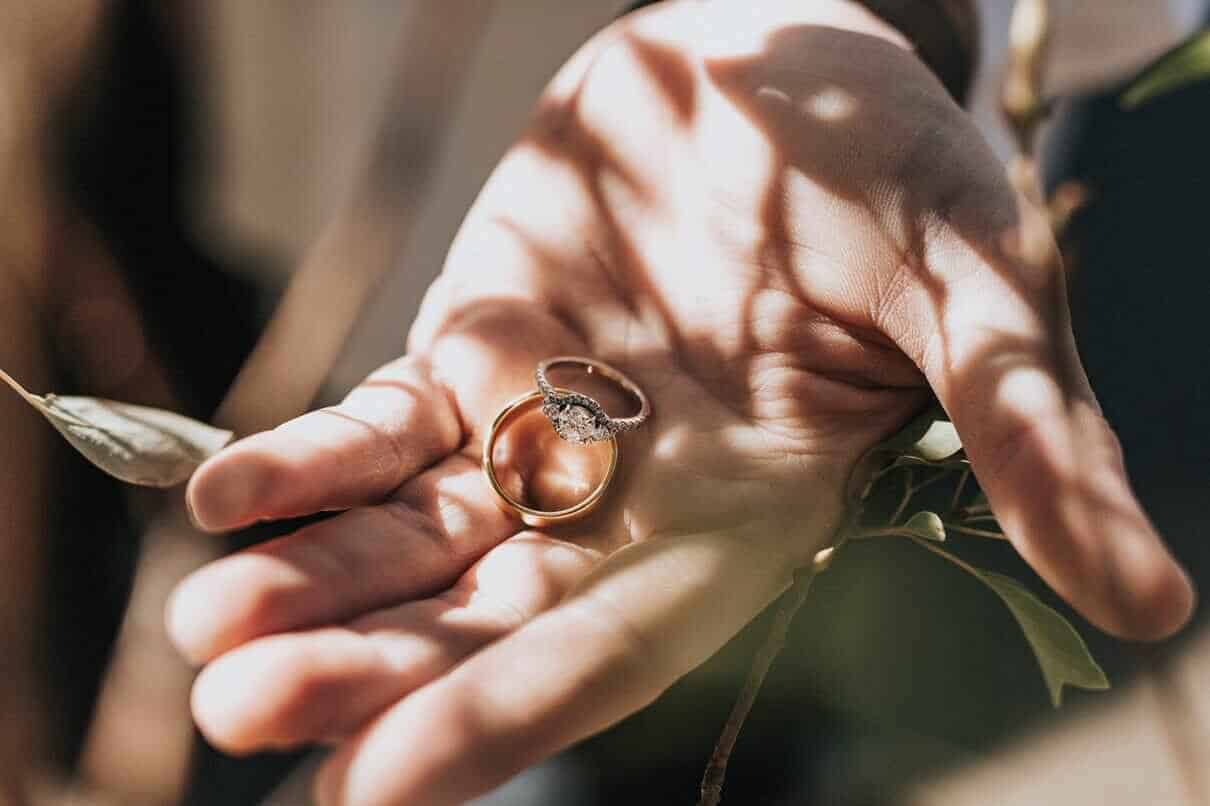
QUALITY OVER QUANTITY
For most people, buying from sustainable jewelry brands will be something that only happens a few times in our lifetimes.
With that in mind, we can save up to purchase a piece of jewelry like an eco friendly and ethical engagement ring that aligns with our social and environmental values.
Yes, it can look great to buy a necklace that’s a perfect fit with that Fair Trade dress, but if it’s only worn a handful of times maybe it’s not that necessary.
Your wallet and the planet will thank you.
CHOOSE THE MOST SUSTAINABLE MATERIALS POSSIBLE
Unfortunately, for “jewelry sustainability”, there are no set standards and it is loosely used by manufacturers and retailers.
Some jewelers will use our favorite S-word to designate jewelry products that are manufactured using recycled or waste materials or indicate when transparent practices reduce emissions or prevent environmental destruction.
Recycled Gems, Metals, and Other Materials
Precious metals can be recycled. Silver and gold can be easily melted and reformed into a new piece of jewelry. They don’t lose their qualities—which is great from both an environmental and financial standpoint.
While it’s more difficult (and generally not as profitable), gemstones can also be recycled. However, for it to be sustainable, this generally can only happen on a small artisanal scale.
Recycled jewelry is better for the environment because it doesn’t require mining. It doesn’t require the use of cyanide solvents to separate it. It isn’t associated with environmental damaging.
It also gives a second life to that antique brooch or damaged necklace. It allows us to see precious metals as exactly that: precious. It gives gold and silver the chance to shine again and teaches us that we shouldn’t be so cavalier in our treatment of these materials.
Look for brands that use recycled gold or other recycled metals; or offer a ‘buy-back’ option where jewelry can be upcycled. Reimagining the way we view this is critical if we are to achieve a zero waste economy in the jewelry industry.
Ethically-Sourced Gems
Ethically-sourced gems are the second best option.
Ask the brand if they’re incorporating transparency into their sourcing practices.
Ethical sourcing will mention workers rights, it will talk about health and safety, it will demonstrate that fair pay practices are used, and it will not be associated with conflict.
It will also incorporate sustainability practices and demonstrate protocols in dealing with its environmental impact.
Lab-Grown Diamonds
Even with the Kimberley Process (we expand on this below) and a variety of claims, it’s really difficult to ensure that mined diamonds are sourced ethically.
It’s like trying to fish that ring out of the sink—a small chance but it’s most likely it’s a goner…
For that reason, lab-grown diamonds have stepped into the limelight. Nearly 70% of millennials report that they would buy a lab-grown alternative.
Why is this?
Well, right off the bat we know that lab-grown diamonds are produced without the environmental and humanitarian catastrophes.
Lab-grown diamonds are produced using heat and pressure (much like their earth-based counterparts). However, instead of an aging planet, these diamonds are created using machines, either a High Pressure High Temperature system or a Chemical Vapor Deposition system.
While technology may sound like the perfect solution, the processes aren’t all squeaky clean. Like with diamonds from Earth, there’s also a lack of transparency here.
Since it requires a lot of energy to power these machines, it has been suggested that the emissions from growing diamonds in a lab are higher than those from mining natural diamonds.
Without lab data, it’s difficult to draw conclusions.
There are a few lab-grown diamond companies who have become certified carbon neutral over the years and only use renewable energy to power their operations—something that has actually led to natural diamond companies doing the same.
Another consideration is that natural diamonds do provide a source of income for millions of people around the world who would likely struggle financially otherwise. It’s hard to say what would happen if an area loses mining and the livelihoods that come with it.
Ultimately, there’s a lot to consider. However, we’re of the opinion that when someone is prepared to say “I do” they should start by saying “yes” to lab-grown diamonds.
Jewelry Brands
To fast track your own research, read our guides on which jewelry brands to look out for, including black-owned Etsy Jewelry Shops and if it’s a sustainable timepiece your after, we’ve covered that base too.
All brands we feature have been vetted according to the criteria in this guide.
LOOK FOR SUPPLY CHAIN TRANSPARENCY
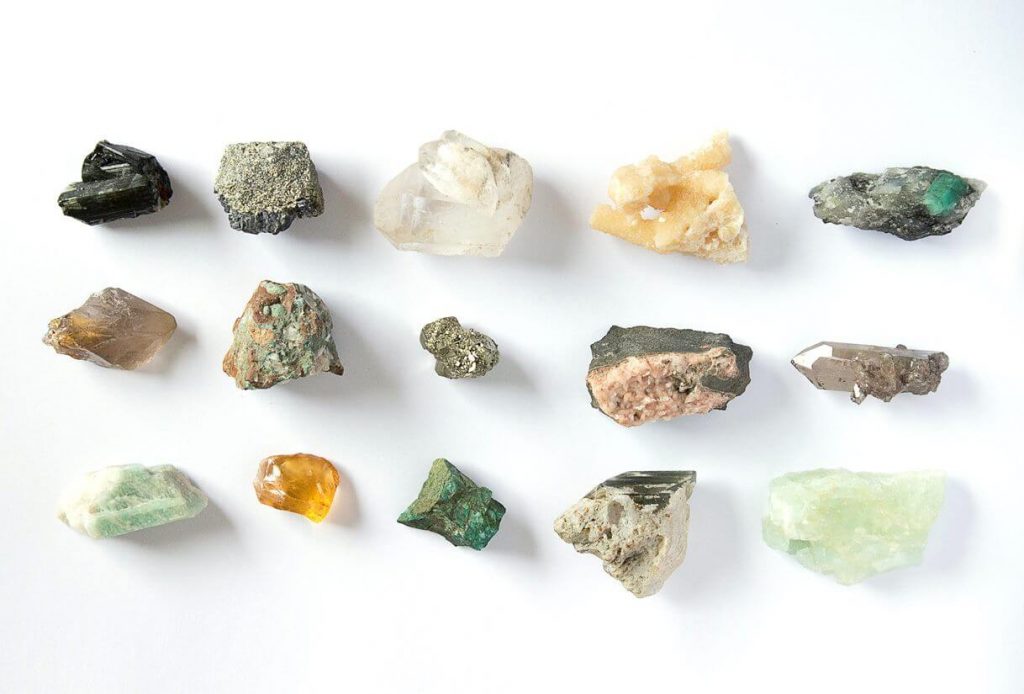
Sustainability and ethical concerns are found at various stages of the supply chains.
Transparency is part of the solution to address some of our biggest concerns.
Unfortunately, transparency within the jewelry industry is also one of the most difficult things to achieve.
Different countries have different regulations in place regarding mining and workers rights. The first step towards defining what is ethical jewelry boils down to traceability and knowing the country of origin.
Blockchain
One key way brands are trying to change this is by using blockchain (the technology behind bitcoin).
For example, computer giant IBM has developed a blockchain solution that’s used to ensure diamonds aren’t from conflict areas.
TrustChain™ can track both diamonds and precious metals—showing transparency across the whole supply chain. This is still in the trial phase and hasn’t been used yet, but stay tuned for similar practices in the future.
Brand Values
Until the industry has a more developed plan for ensuring transparency, each brand is responsible for sharing what they do to accomplish this. Take a look at the brand’s ‘about us’ page to see what values drive their sourcing and manufacturing.
You should be able to see reports and targets regarding pollution, traceability, and waste management—as well as where they plan to be after improvements are made.
LOOK FOR BRANDS WITH A POSITIVE IMPACT
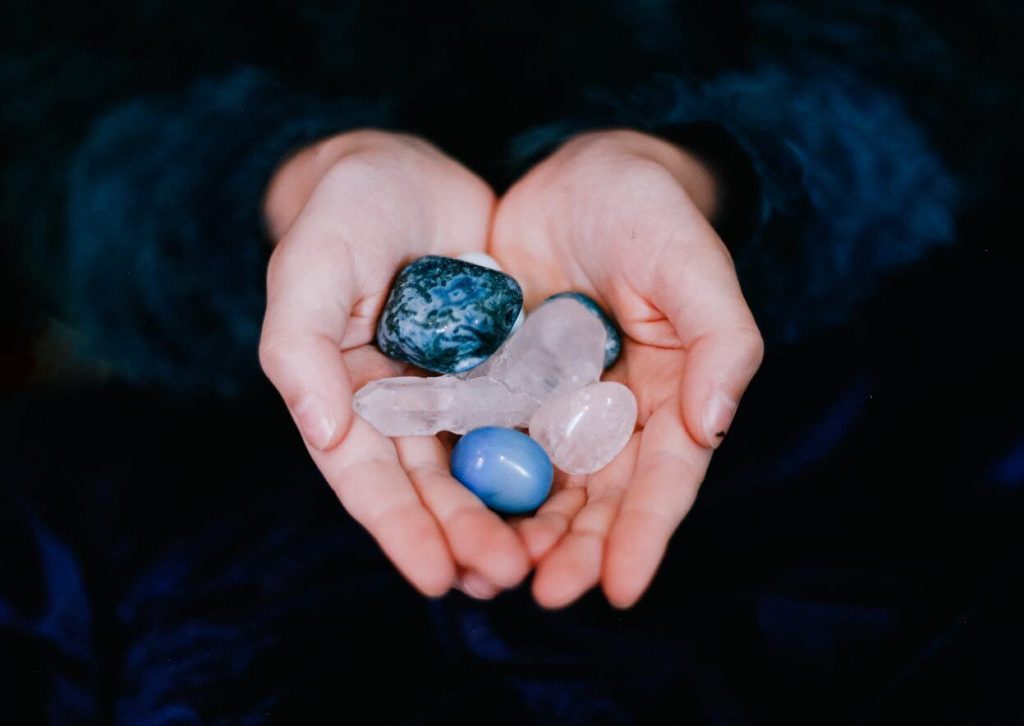
First we should decide on what ethical jewelry means. We like this definition:
“Products that are produced and traded in ways that avoid or lessen social, environmental, economic, cultural and/or political harm OR produce benefits to same on a local, regional, national or global scale.”
Bario Neal
And how does one define “no negative impact?”
That seems impossible when near-infinite resources and millions of individual human workers are involved.
There will always be social, economic, environmental, or political harm embedded in our purchases. Jewelry or otherwise.
We as consumers can minimize this as much as possible by supporting brands that give back to the environment and the communities they work with.
Ethical and responsible jewelry ensures positive environmental impact from doing things like rehabilitating old mine sites, planting trees, or preventing water and air pollution.
It also fulfills social aims like supporting miners with free education, paying fair wages that allow families to eat, ensuring safe work environments, or supporting small-scale fair trade jewelry brands.
It’s important to realize that in some areas of the world, jewelry can change lives.
Living wages elevate people out of poverty. Women and indigenous populations should be empowered in decision-making processes and given the tools to improve their livelihoods.
Just imagine how much more those earrings will shimmer when they’re associated with stories like this.
JEWELRY CERTIFICATIONS TO ENSURE SUSTAINABILITY

While there aren’t many certifications out there (yet), there are a few to look for:
Fair Trade: The materials, production, and trade are certified by FLO-Cert to be Fair Trade and meet standards like: the continuous improvement of working conditions, an increase in environmental sustainability of activities, living wages in compensation for the work, and the investment in worker/farmer organizational development.
The Kimberley Process: This U.N. resolution is the most popular international standard for diamonds, but also suffers from many weaknesses.
A good starting point for regulation, but fails to fully define “conflict diamond,” doesn’t apply to anything but rough diamonds, and has failed at imposing sanctions on non compliant countries.
Some believe it’s nothing more than a “perfect cover story for blood diamonds” and thus should be taken with a hefty dose of skepticism.
Responsible Jewelery Council: This is typically considered the leading standard for the world’s sustainable jewelry industry.
The 1200+ members view that jewelry should be produced responsibly and sustainably. The code of practice includes issues like labor rights, health and safety, and responsible supply chains.
However, according to Human Rights Watch, this certification has several shortcomings and can’t conclusively provide assurance of adherence to international standards for responsible sourcing.
Institute for Responsible Mining Assurance: The only third-party certification currently available for industrial-scale mine sites. It applies to specific mine sites, not the companies that oversee or source from them and uses a “step model” of improvement to rank these sites.
Fairmined: Fairmined certifies gold from small-scale mining companies that meet standards for responsible practices. Some of these practices include fair pay for miners, improved traceability, reduced use of chemicals, and no link to conflict situations.
BE AWARE OF GREENWASHING
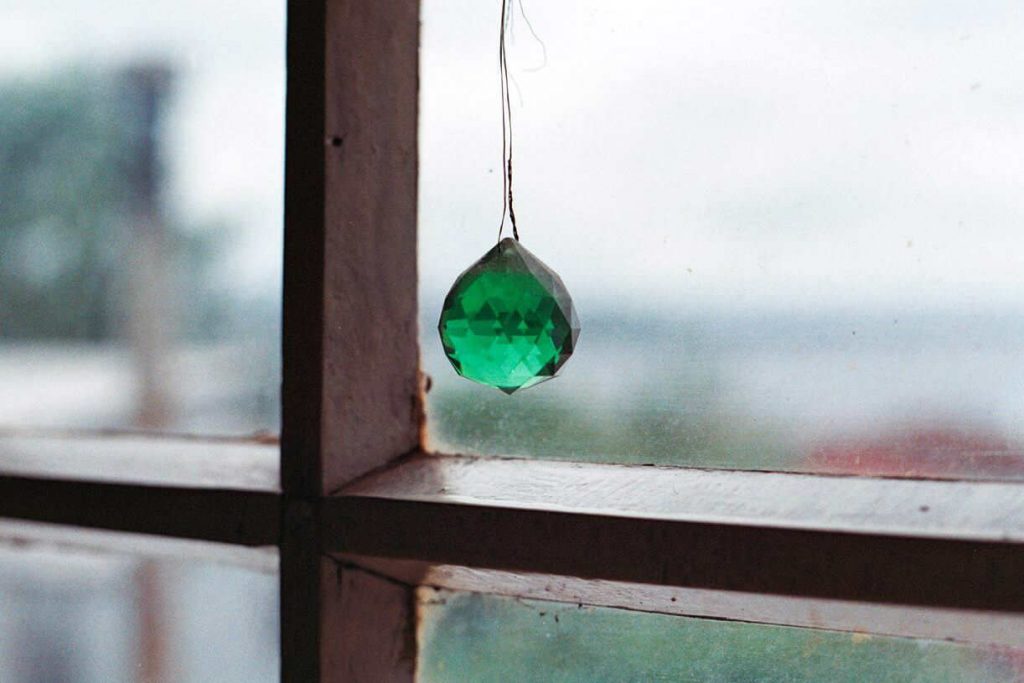
As they say, not all that glitters is gold, and in the jewelry world, greenwashing is rife.
Like with any eco-friendly product, the line between sustainable and sellable jewelry is blurry.
‘Ethical,’ is not legally defined and so it can mean literally anything.
Or, a brand could be using sustainable materials—from the recycled gold to the compostable jewelry box but they employ dangerous workplace practices and pay their employees nothing.
From a social standpoint, this is not sustainable nor ethical.
Since the use of ethical jewelry certifications is still finding credibility, it becomes even more difficult to discern the truth.
Our advice, don’t take things at face value. Ask questions, do your own research, and, if you find yourself really passionate about bling that comes without social and environmental burdens, take action!.
GET INSPIRED AND TAKE ACTION
The world needs more consumers who aren’t willing to turn a blind eye to environmental and social injustices.
If diamonds are your best friend, treat them like such!
Fortunately, more and more of us are demanding ethical and sustainable treatment in our jewelry industry. From following a movement to watching an environmental film, you can get involved, too.
MOVEMENTS IN THE JEWELRY INDUSTRY
These are organizations and people are pushing toward more transparency and ethical accountability in the jewelry industry.
- Jewelry Industry Summit: Each summit allows attendees to learn about strategies for more sustainable and responsible jewelry sourcing. One of their initiatives includes a replicable mine model that incorporates: a regenerative agriculture, education, and empowerment for women, and traceability.
- Ethical Metalsmiths: Ethical Metalsmiths use action, connection, and education to inspire responsibility from within the jewelry industry.
RECOMMENDED READING AND WATCHING
Watch
- Blood Diamond (2006)
- Fashionscapes: The Diamonds of Botswana (2020)
- Beast Of No Nation (2015)
- When Elephants Fight (2015)
- Diamonds Of War: Africa’s Blood Diamonds (2007)
- Liberia: An Uncivil War (2004)
- Soldier Child (1998)
Read
- Dirty Gold: How Activism Transformed the Jewelry Industry
- Bejeweled: The World of Ethical Jewelry
- Ethical Jewelry Manifesto: A Call to Action
FINAL THOUGHTS ON JEWELRY SUSTAINABILITY AND ETHICS
What is ethical or sustainable jewelry?
That depends on you. Which conscious jewelry brands you choose to support and the products you buy is your choice.
While many of us would agree that things like slavery, pollution, exploitation, and environmental destruction are unethical, there are many further considerations that complicate matters.
This guide is by no means exhaustive (the reason several books have been written on the subject), but we hope that it provides some insight into how you can better navigate the complexity.
It’s time we band together and support the sustainable and ethical jewelry industry we want.
